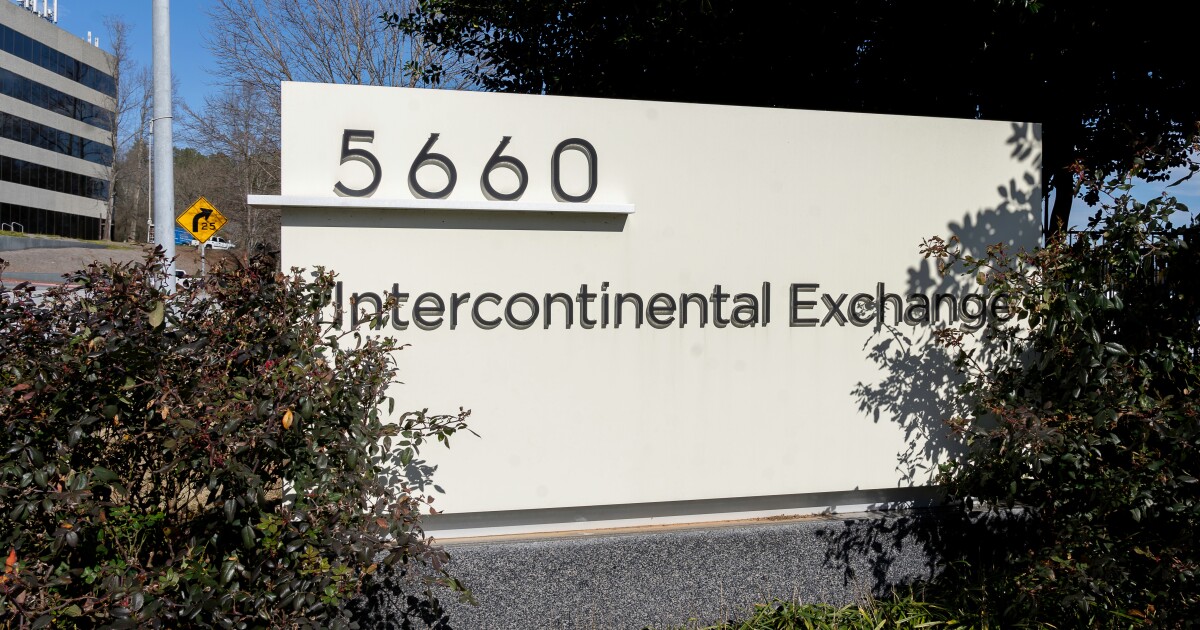
Servicers of Ginnie Mae mortgages have been under the regulatory microscope, with concerns about their
Servicers
Periods of
These key differences between Ginnie Mae and GSE servicing have been exacerbated as public policy interventions have extended delinquency resolution time frames, in turn increasing the need for servicer advances. While these changes are intended to benefit borrowers, the effect is that the liquidity needed to make servicing advances on behalf of delinquent borrowers is greater now than in past decades.
Long-term solutions to reducing servicer liquidity risk require consideration of how the government programs treat mortgage delinquency. Today, borrowers are given many more months (or years) to resolve their delinquency than in the past. Long-term reforms could put FHA, VA and USDA on par with the conventional loan market and reduce the extent to which mortgage servicers must finance these extensive borrower recovery (or failure) timelines.
But, such structural reforms to the government loss mitigation programs would require a long-term effort and the market needs immediate approaches to address the cash flow mismatch that has put substantially greater liquidity pressures on some servicers. Facilitating greater private financing is a more efficient route to improving market liquidity. Specifically, Ginnie Mae today can update its guidance and supplement its contracts in a way that would make it easier for private capital to play a greater role in financing servicing operations.
Independent mortgage banks, or IMBs, that service Ginnie Mae loans face unique liquidity challenges, yet efforts to secure private sector financing are stymied because of the manner in which Ginnie Mae asserts its ownership interest in servicing advance reimbursements in the event a servicer fails. This means that FHA, VA and USDA reimbursements that would normally repay the loan servicer for the advances would instead be paid to and retained by Ginnie Mae. As a result, banks and other potential sources of private capital limit or avoid what they consider unsecured lending to IMBs for servicing advances, and servicers must find other ways to finance these advances. In certain market environments this is difficult and could cause servicer failures. The irony, of course, is that these advances simply intermediate between two federal obligations — the Ginnie guarantee to investors and the FHA, VA and USDA guarantee to the lender.
The CFPB has dissolved the Office of Supervision, Enforcement and Fair Lending and eliminated the job of associate director in a move that impacts how it designates nonbanks for supervision.
Commercial banks and other sources of private capital would more willingly lend against government servicing advances that the government has promised to repay if they had some assurance that Ginnie Mae would recognize their interest in the event Ginnie Mae became the owner of the servicing rights after a servicer failure. But Ginnie Mae has historically been unwilling to do this.
Ginnie Mae's resistance stems from the statutory text that servicing assets acquired through default are the "absolute property" of Ginnie Mae, subject only to the rights of the security holders — hence Ginnie's reluctance to agree that interests of advance financiers should be recognized and protected. But Ginnie Mae's core function — guaranteeing that security holders will receive the payments due them — is relevant here. For payments that were appropriately advanced to the security holder, there is no public purpose served by Ginnie Mae impounding the reimbursements of these advances (in the case of the servicer's failure) and forcing servicing liquidity providers to take losses.
This interpretation of the "absolute property" clause has severe consequences: It shuts out banks or others from an increasingly important financing function that they are well suited to provide (and do in other segments of the market) and pushes servicers into higher cost financing options. Ginnie Mae's absolute property rights can be preserved while also giving private funders the assurances they need to provide advance financing of government-backed loans.
There is no statutory or regulatory text that explicitly prohibits Ginnie Mae from creating an agreement for advance financing that would protect the interests of liquidity providers if a Ginnie Mae issuer defaults. Ginnie Mae has the legal authority and discretion to update its guidance to fully recognize and preserve Ginnie Mae's absolute rights to the servicing acquired via default while formally memorializing that advance reimbursements Ginnie Mae receives from government insurance claims, borrower cures or loan payoffs will be passed through to the advance financier. Ginnie Mae's absolute rights, and the agency's ability to choose to pass through advance reimbursements, are not in conflict. Quite the opposite — strengthening private financing of Ginnie loans enhances the value of the Ginnie servicing asset — a clear benefit to Ginnie Mae and to borrowers.
Formally establishing this arrangement would benefit Ginnie Mae. Enhancing private capital financing of servicer advances directly supports a core servicing function. In its absence, servicers have come to rely on borrowing against the value of the servicing rights, a more volatile asset for liquidity providers that results in worse financing terms for the servicer. Ginnie Mae itself, given the lack of a private market alternative, has had to provide "last resort" financing via its PTAP program, which ultimately relies on taxpayer support.
Facilitating mortgage liquidity with private capital is one of Ginnie Mae's chartered purposes, and no one benefits from banks and private liquidity providers sitting on the sidelines. As mortgage originators and servicers implement the more stringent agency financial requirements of recent years, policymakers should turn their attention to additional methods to improve the resilience of the housing finance system. Finding ways for private capital to play a larger role, and re-examining structural deficiencies in the government programs, are good places to start.




